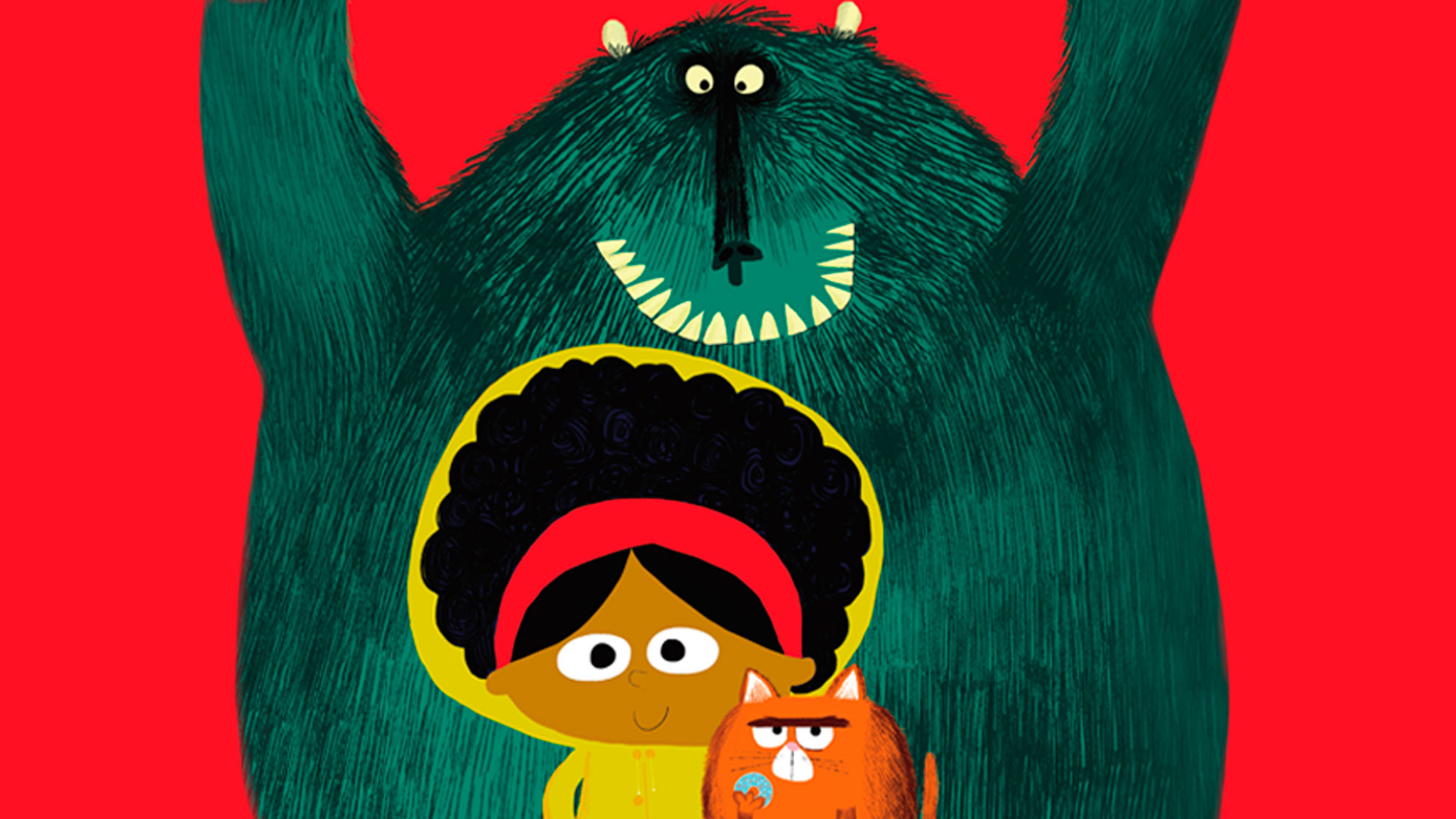The Power of Pictures project, devised by the Centre for Literacy in Primary Education's Charlotte Hacking and Puffin Author/Illustrator Ed Vere, helps teachers to develop children’s visual literacy skills. We’ve spent six years investigating the benefits of using picture books, illustrated novels and graphic texts with children of all ages.
Here are five reasons why we think picture books are essential reading for children of all ages:
They help us recognise, respond to and empathise with the feelings of others
Sometimes this is central to the storytelling and done very graphically and obviously, as in Ed Vere’s excellent Banana! or Grumpy Frog. Sometimes this is much more subtle. In Sophy Henn’s Almost Anything, the placement of eyebrows, ears, the twist of the body or the placement of arms or a foot draw our attention to the changing mood of a character across a text.
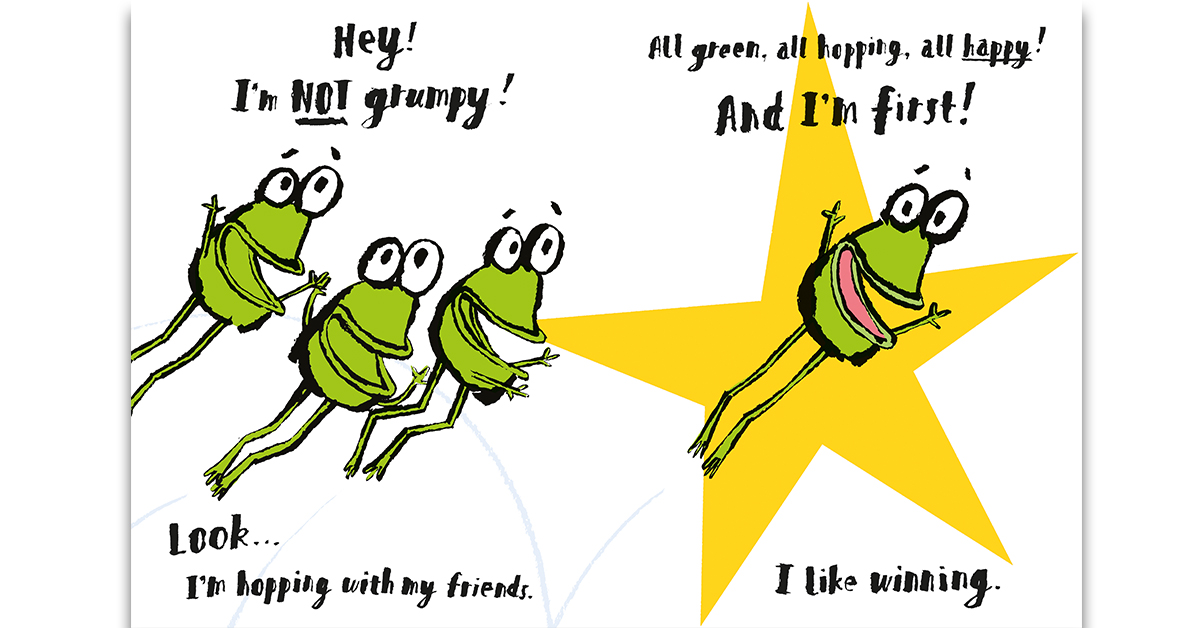
Grumpy Frog, written and illustrated by Ed Vere
We learn that illustrations communicate as much – or often more - than the words
When we read visual texts, the words only tell one part of the story. Additional details about characters, settings, relationships and story events are often more richly conveyed in what the illustrator chooses to place in the illustration, such as in Dapo Adeola’s illustrations in Look Up! Props, background settings (or lack of them), choices of colour, scale and perspective, the way our eye is led across the page, all contribute to a deeper understanding of what’s been read.
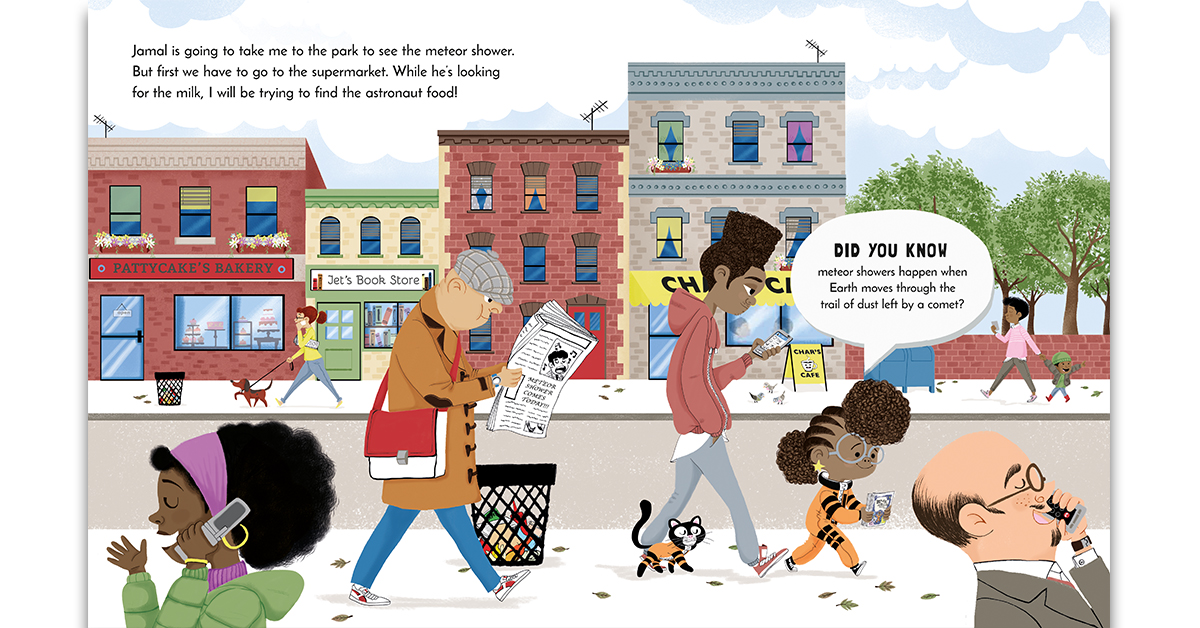
Look up!, written by Nathan Bryon, illustrated by Dapo Adeola
They require us to use a wider range of reading skills and strategies
Visual texts often need to be read in different ways; our eyes will be drawn across the page in different directions to gain the full meaning. They are designed for readers to stop and pore over and go back and re-read as meanings unfold. Multiple readings of a picturebook are a good thing – at least three times is needed to begin to unlock the full meaning.
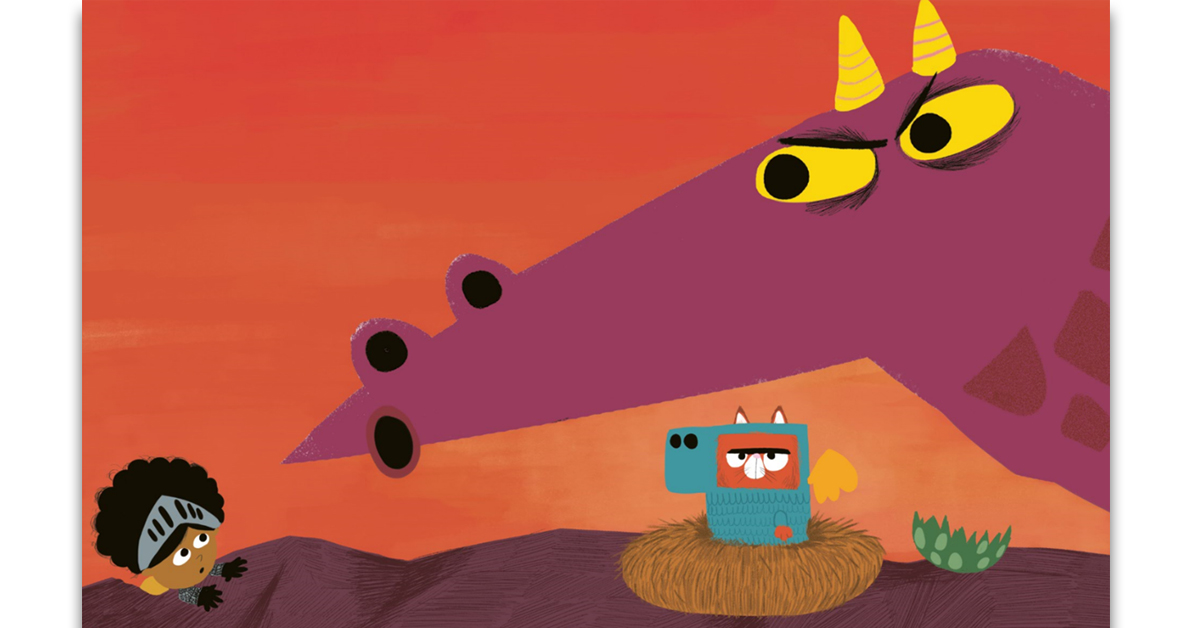
Billy and the Dragon, written and illustrated by Nadia Shireen
They help us to think visually, which supports other kinds of reading and writing
Children who read a lot of visual texts are really good at seeing unillustrated stories in their minds. The ability to visualise characters, settings and story events enables them to walk through a story and understand it more deeply. Giving children the opportunity to draw characters, settings or specific scenes before writing a piece of narrative will help them to write richer and more descriptive text.
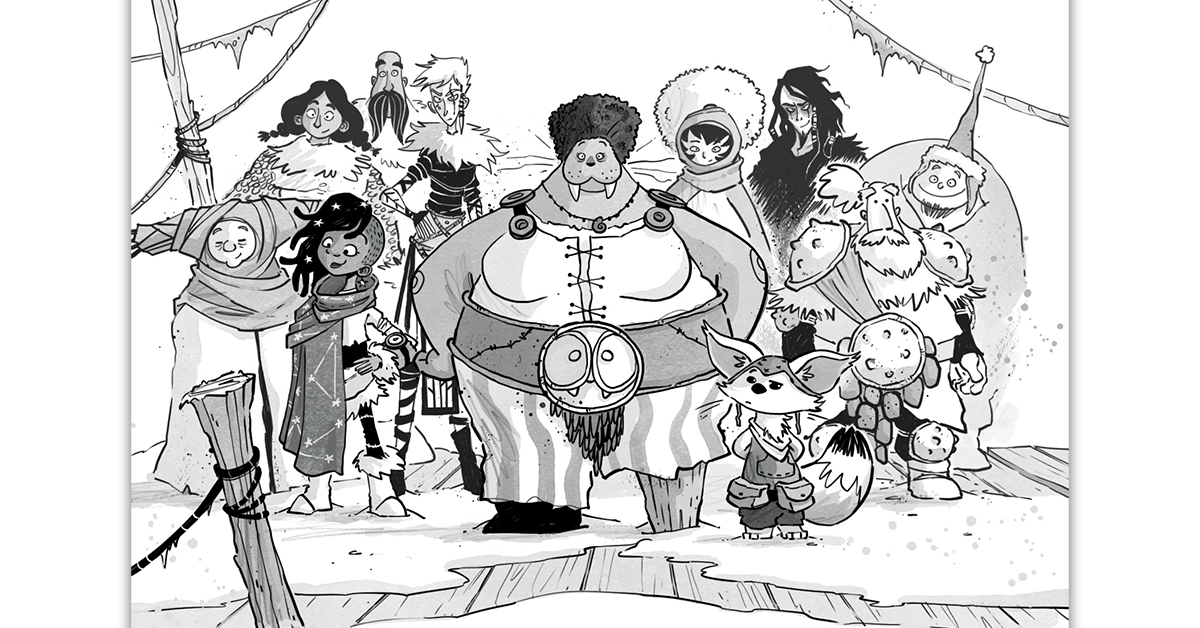
Frostheart, written and illustrated by Jamie Littler
An ability to consider images deeply and reflect on choices made enables children to navigate an increasingly visual society with more confidence and critical awareness
When we teach children to look at words and pictures in a variety of graphic texts, we are preparing them to be mindful and critical of the meaning different images and text portray. This is vital in a world where digital media, fake news, bias and media manipulation are prevalent.
CLPE’s Power of Pictures helps primary school teachers to develop their understanding of the craft of picture book creation and illustration as a way of raising children’s reading and writing. Visit their website to download free teaching resources and find out more about their Power of Pictures training teachers taking place in January 2020.

